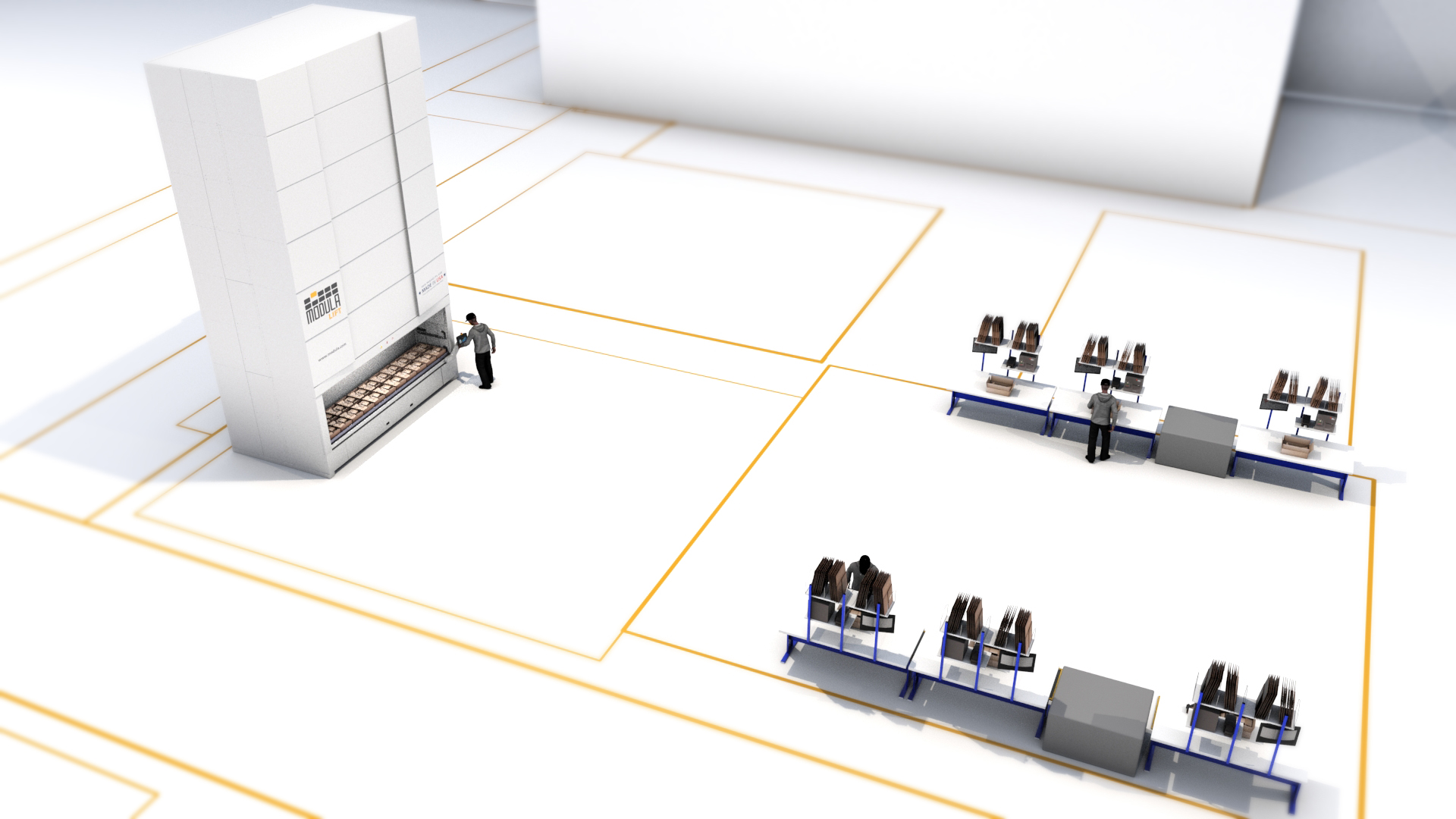
Warehouse management is a critical component of any supply chain, and efficiency is paramount in this highly competitive environment. The emergence of lean lift systems has revolutionized the way warehouses operate, transforming storage methods and improving overall efficiency. In this article, we will explore how lean lift systems are changing the game in warehouse management.
Understanding Lean Lift Systems
Lean lift systems are automated vertical storage units designed to optimize space, improve inventory control, and streamline access to stored items. They consist of a series of shelves or bins mounted on a vertical track. The system’s computer interface allows for the automated retrieval and storage of items with the push of a button. This technology has the potential to transform how warehouses store, manage, and access their inventory.
The Power of Lean Lift Systems in Warehouse Management
- Space Optimization: Perhaps the most significant advantage of lean lift systems is their ability to make the most efficient use of vertical space. Warehouses typically have a limited amount of floor space, and optimizing this space is crucial. Lean lifts free up valuable floor space by going vertical, providing more room for other essential warehouse activities.
- Efficient Inventory Management: Lean lifts offer precise control over inventory levels. The systems’ software tracks inventory in real-time, ensuring that items are available when needed without the risk of overstocking or stockouts. This just-in-time approach aligns with lean principles, reducing carrying costs and minimizing waste.
- Quick and Accurate Access: Lean lifts eliminate the need for manual searching or movement of items. With the push of a button or the selection of an item from a computer interface, the system retrieves the item and presents it at an ergonomic height for the operator. This not only saves time but also reduces the risk of errors in order fulfillment.
- Reduced Labor Costs: Automated storage and retrieval systems like lean lifts reduce the need for manual labor in managing and retrieving items. This leads to significant cost savings by minimizing labor expenses.
- Enhanced Security: Lean lifts often come with security features such as access controls and PIN codes, ensuring that valuable or sensitive inventory is safeguarded. By controlling access and tracking who retrieves items, security is enhanced.
- Organization and Workflow Optimization: Lean lifts facilitate the organization of inventory in a systematic manner, making it easier for warehouse staff to locate items quickly. This optimized workflow reduces time wasted on searching for items and increases overall efficiency.
- Data-Driven Decision Making: Many lean lift systems are equipped with software that allows for real-time inventory tracking and management. This data-driven approach provides valuable insights into inventory levels, usage, and demand, helping warehouse managers make informed decisions.
Conclusion
Lean lift systems have transformed warehouse management by optimizing space, improving inventory control, and streamlining access to stored items. They provide efficient solutions for addressing the challenges of space limitations, inventory control, and overall warehouse efficiency. As warehouses continue to play a vital role in supply chain operations, lean lift systems are poised to make a significant impact by enhancing efficiency and reducing costs. By embracing this technology, warehouses can stay competitive and remain at the forefront of efficient and streamlined storage solutions.
